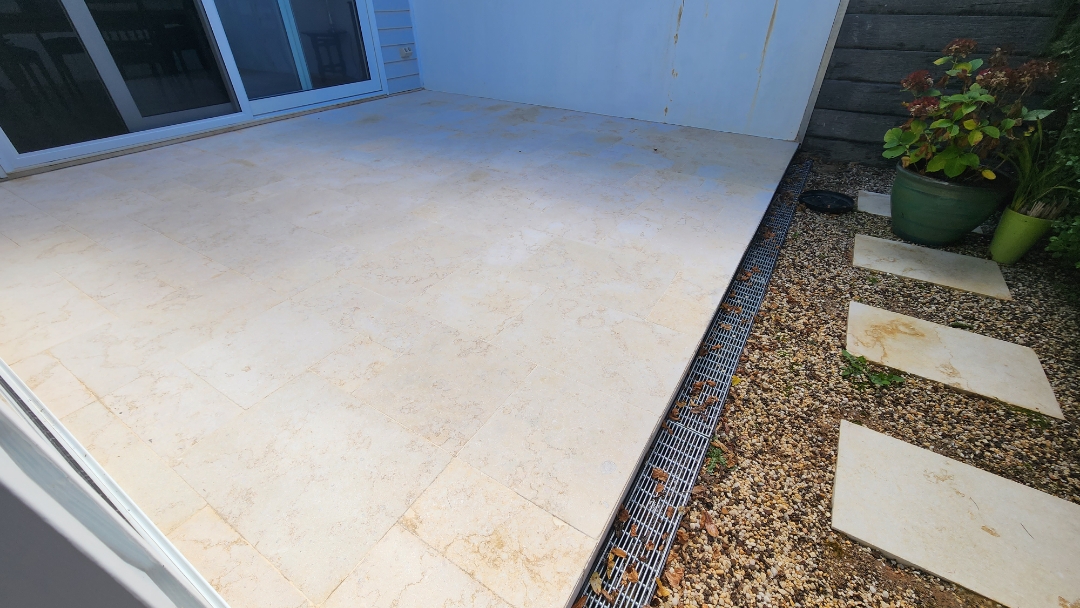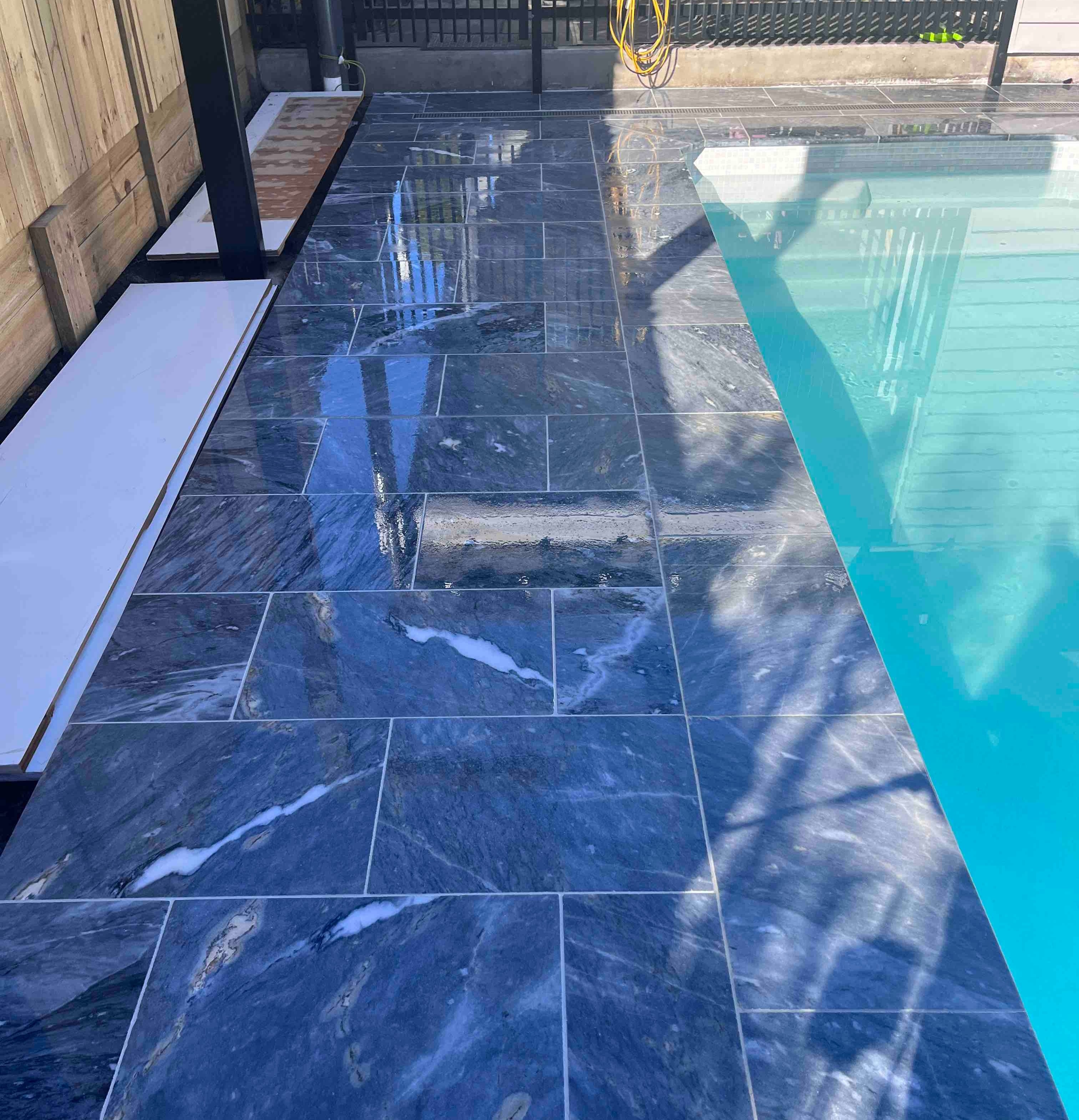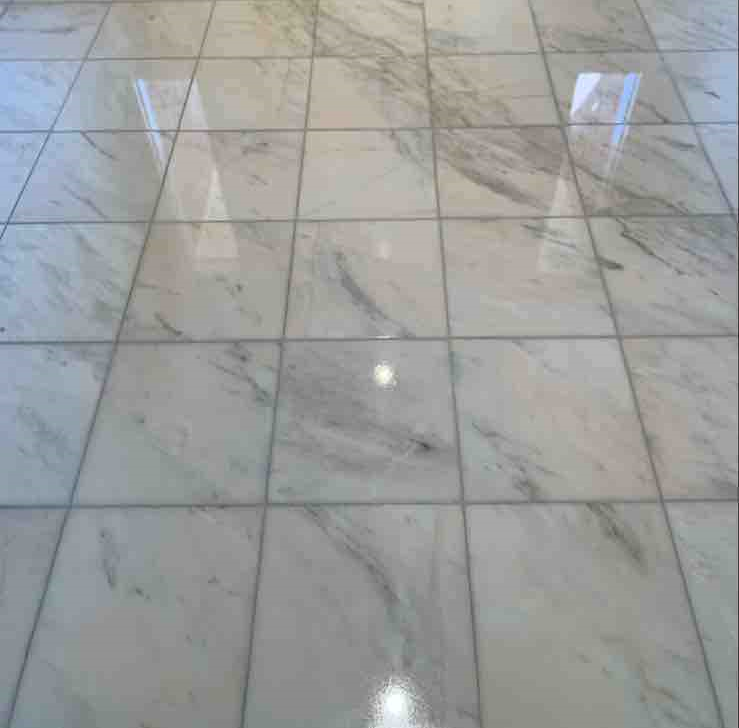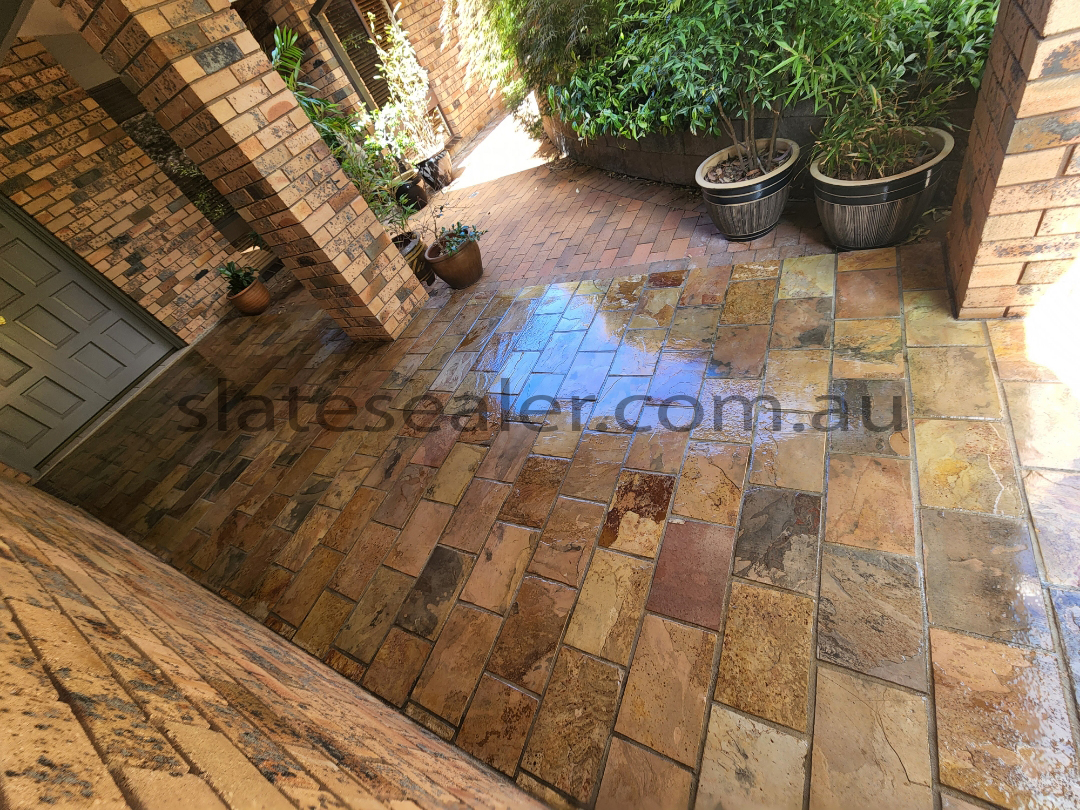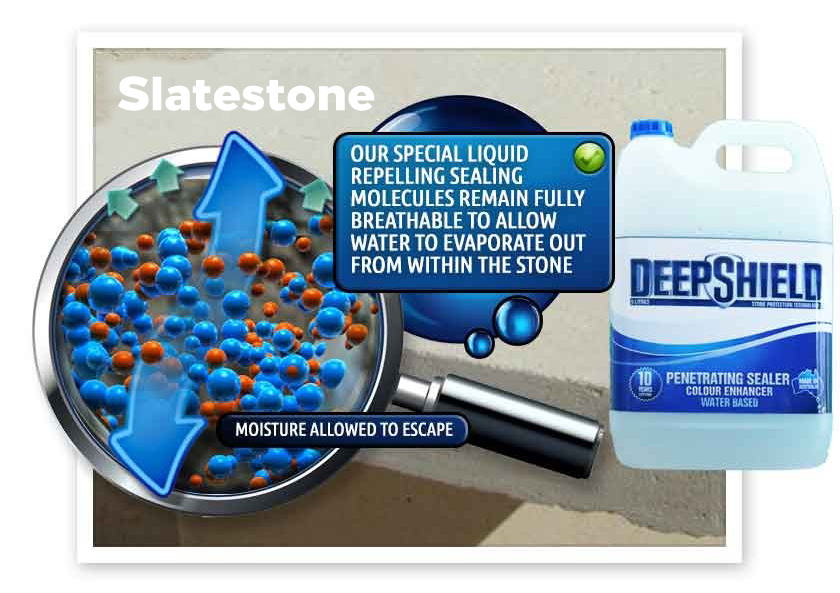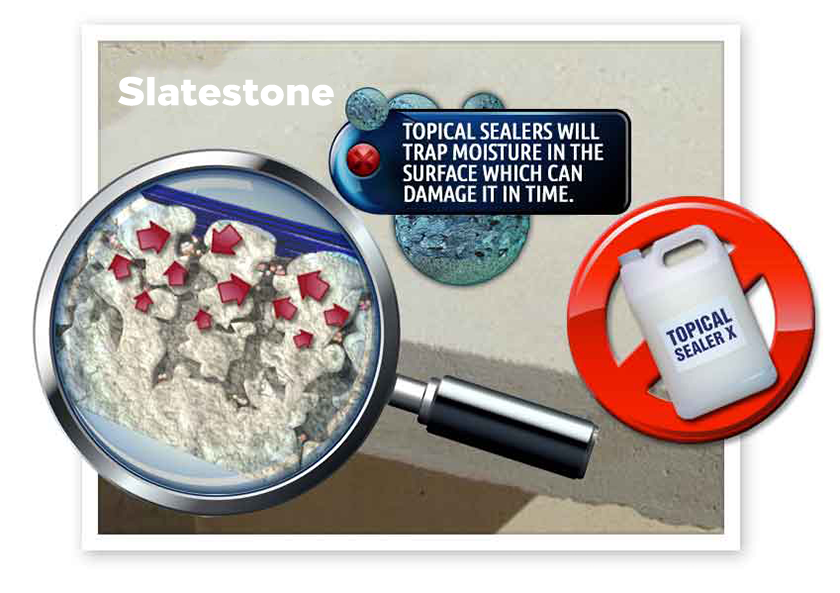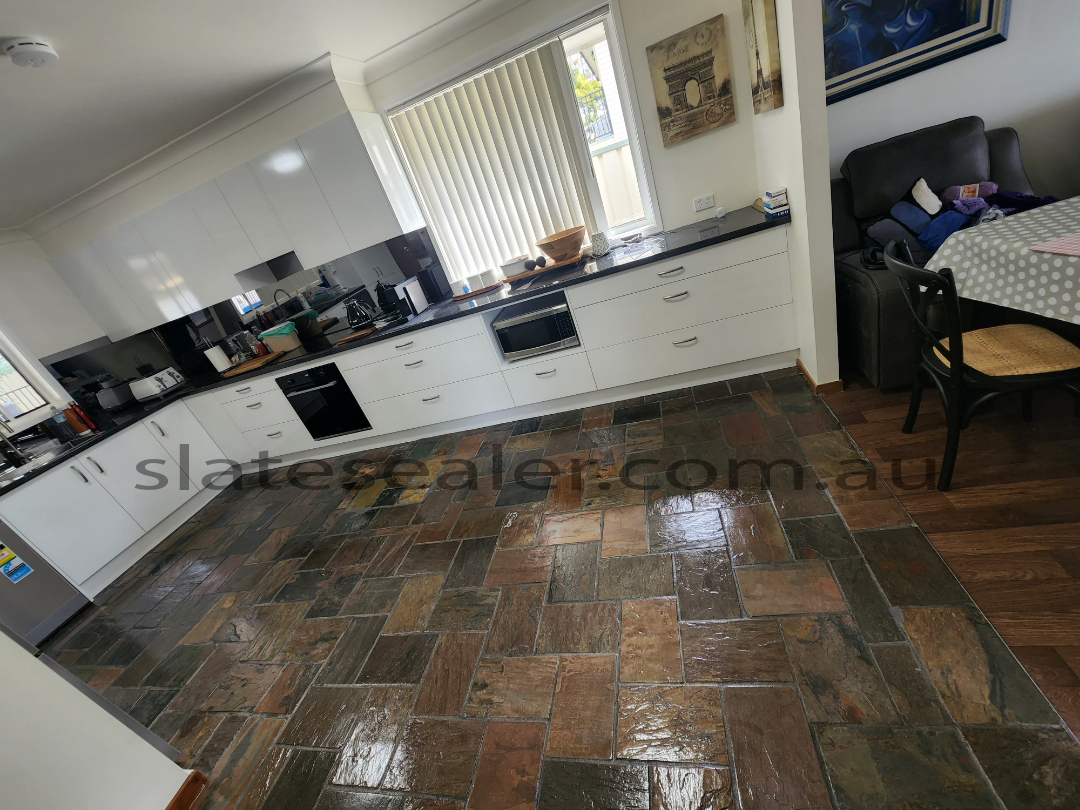Efflorescence manifests as a crystalline salt deposit, often presenting as a white, powdery plaque on the surface of porous stone and masonry materials. It's a prevalent issue associated with salts.
The process involves water laden with dissolved salts permeating the slatestone from all directions, subsequently migrating through its pores to the surface. Upon evaporation, the water leaves behind salt deposits. Initially, fresh efflorescence can be relatively easy to remove with a dry brush. However, over time, these salts react with atmospheric conditions and solidify, necessitating more aggressive removal methods like acid washing or grinding.
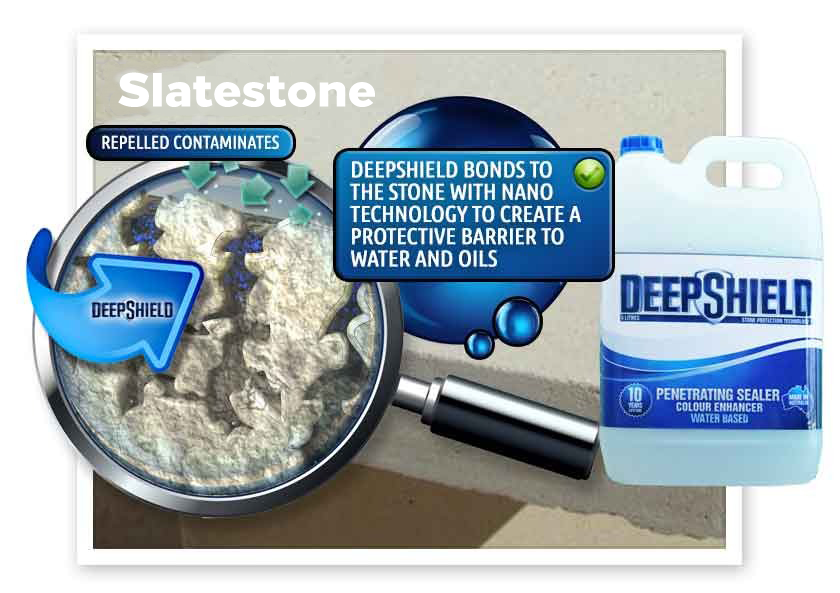
Several factors can contribute to salt efflorescence on slatestone, including:
- Moisture-rich environments
- Condensation buildup
- Rainfall or dew
- Groundwater saturation
- Low temperatures




